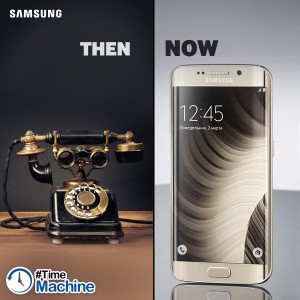 In the past two years, big screen phones have been gaining popularity. Due to the bigger size of battery, phablet battery hours usually are longer. According to Apple, iPhone 6+ can last 24 hours’ talk time on 3G vs 14 hours for iPhone 6. This is because iPhone 6+ has a 2,915 mAh capacity battery, 61% larger vs iPhone 6’s 1810 mAh. However, the downside is that charging takes much longer. For example, it can take 3~4 hours to fully charge an iPhone 6+.
In the past two years, big screen phones have been gaining popularity. Due to the bigger size of battery, phablet battery hours usually are longer. According to Apple, iPhone 6+ can last 24 hours’ talk time on 3G vs 14 hours for iPhone 6. This is because iPhone 6+ has a 2,915 mAh capacity battery, 61% larger vs iPhone 6’s 1810 mAh. However, the downside is that charging takes much longer. For example, it can take 3~4 hours to fully charge an iPhone 6+.
Samsung adopted fast charging in Galaxy Note 4 and Galaxy S6. We expect many international and Chinese brand smartphones to start adopting similar technologies with models launching in 2H15. High Speed / Fast Charging SmartPhones constitute < 10% of the market today and is expected to reach 50% in 2017.
The adoption of fast charging technology, connectors (located in both smartphone circuit board and charger) need to accommodate higher voltage and require customized engineering design that connector companies can charge at a premium price. Moreover, with the significant charging time improvement from fast charging, we expect customers to upgrade the normal charger to the more expensive ones equipped with fast charging technology.
High speed charging is not technically difficult but delivering battery stability under charge and reliable assessments of charge completion are thorny issues. Battery manufacturers are often obliged to take responsibility when accidents involving charging occur and we think that the biggest hidden value-added in battery businesses is in the safety circuits that avoid overcharging. The high quality of the batteries Sony and Panasonic make is the source of their competitiveness, and we surmise that selling prices are high relative to the market average. We think that the spread of high-speed charging will serve as a tailwind for both companies.